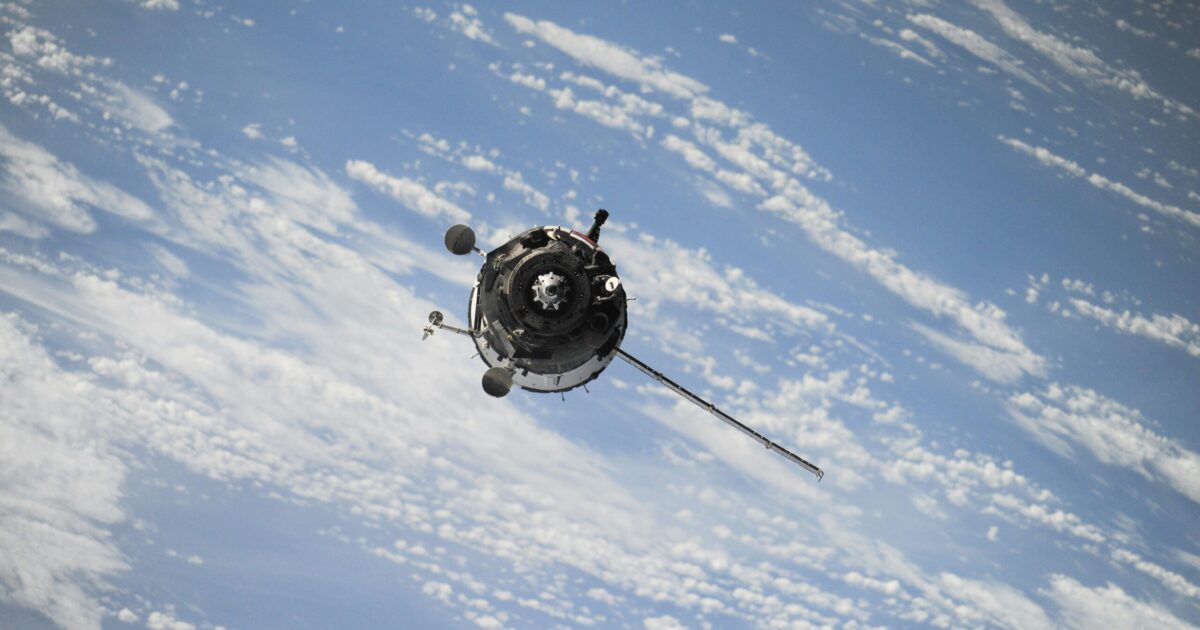06 Feb How Satellite Internet is Powering Industries
Maximising Satellite Internet’s Potential: How XCommNet Delivers Reliable Connectivity for Remote Industries
Remote industries often face challenges with stable and reliable internet. Satellite internet, including SpaceX’s Starlink network, is revolutionising remote connectivity with high-speed, low-latency internet. While satellite internet provides a strong foundation, fully unlocking its potential requires tailored expertise and solutions.
With innovative approaches like bonded satellite internet setups and hybrid 4G/5G backups, we can enhance connectivity for industries and operations in even the most challenging environments, highlighting the potential effectiveness of Satellite internet for remote industries, as well as other use cases.
Why Reliable Connectivity Matters
In remote industries, downtime due to limited connectivity can lead to significant financial losses, safety risks, and operational inefficiencies. Satellite internet addresses these challenges by bringing fast and dependable internet to places where traditional networks fall short.
The Key Benefits of Satellite Internet for Remote Locations:
- Real-Time Data Access: Essential for industries needing constant data flow to make quick, informed decisions.
- Improved Communication: Teams can stay in touch across vast distances, improving productivity and safety.
- Cost-Effective Solutions: Satellite internet setup is often more affordable than laying down cables or relying on traditional satellite providers.
How Satellite Internet Works
Satellite internet leverages constellations of low-Earth orbit (LEO) satellites to deliver broadband internet across the globe. Unlike traditional geostationary satellites, LEO setups drastically reduce latency, providing speeds suitable for streaming, gaming, video conferencing, and more, even in remote or offshore areas.
An example would be Qatar. The brand has been quick to integrate satellite internet into operations, particularly through Qatar Airways, which has equipped its fleet with free, high-speed internet, redefining in-flight connectivity. Satellite internet’s ability to function from gate to gate makes it a game-changer for both passengers and operational teams.
Advantages of LEO Satellites
- Lower Latency: The shorter distance means quicker data transmission, reducing delays.
- Enhanced Bandwidth: High data capacity ensures smooth streaming, video calls, and large file transfers.
- Global Reach: Even the most inaccessible places are covered by extensive satellite networks.
Satellite Internet in Action:
Travel: As mentioned previously, Qatar is currently using satellite internet to revolutionise in-flight connectivity on Qatar Airways flights. This initiative, a collaboration with SpaceX, makes Qatar Airways the first airline in the Middle East and North Africa (MENA) region to implement satellite internet on its aircraft. Satellite internet’s low-Earth orbit (LEO) satellite network provides high-speed, low-latency internet, which allows passengers to use Wi-Fi from boarding to landing. Thus supporting streaming, online gaming, video calls, and other high-data activities that traditional satellite internet can’t efficiently handle.
The rollout began with Qatar Airways’ Boeing 777 fleet, starting with flights from Doha to London, and will eventually cover the entire 777 and Airbus A350 fleets by 2025. Passengers can enjoy this service for free, setting a new benchmark for in-flight internet quality in the region. The connectivity improvement is particularly valuable for business travellers, who often rely on stable internet for work, as well as for enhancing passenger satisfaction across all travel classes.
By embracing satellite internet technology, Qatar Airways strengthens its position as a leader in passenger experience while also driving new commercial opportunities, potentially leveraging in-flight advertising to support these upgrades.
Emergency Services: In the aftermath of natural disasters, establishing communication is critical. Satellite internet allows first responders to coordinate efforts quickly and efficiently, even in areas where traditional networks are down or non-existent. With portable, easy-to-deploy satellite dishes, emergency teams can set up a connection wherever needed.
Remote Work and Education: Satellite internet enables professionals and students to stay connected from anywhere, whether it’s a rural home or a cabin off the grid. Access to fast internet in remote areas opens new possibilities for remote work, online education, and digital businesses.
Agriculture and Mining: Industries like agriculture and mining, often based in remote regions, benefit significantly from satellite internet services. Real-time data collection, GPS tracking, and automated machinery require robust connectivity. Satellite internet ensures that these operations run smoothly without the high costs and delays of setting up traditional networks.
Challenges and Considerations While satellite internet offers clear benefits, there are a few things to keep in mind:
- Weather Dependency: Satellite internet’s performance can be impacted by severe weather, though advancements continue to reduce this effect.
- Initial Costs: Although satellite internet is often more cost-effective than alternative solutions, initial setup and equipment fees can be higher than expected for some users.
- Regulatory Limitations: In certain countries, regulatory approvals can limit or delay access to satellite internet services.
Why Satellite Internet is the Future of Remote Connectivity
As networks like Starlink continue to grow, satellite internet is only becoming more robust. With each launch, the network’s reach, speed, and reliability improve. In the near future, satellite internet may be the leading choice for industries that operate in remote and rural areas, where staying connected is essential for both productivity and safety.
Case Study: Proximity of Satellite Dishes in a Bonded Setup
Through extensive hands-on testing, we uncovered a critical insight: satellite dishes should not be placed too close together in a bonded setup. This discovery stemmed from evaluating different configurations to understand how proximity impacts signal integrity and performance. Placing dishes too close can lead to interference, reduced signal quality, and inconsistent bandwidth – issues that are especially problematic in high-demand environments.
Our testing involved experimenting with various setups, adjusting distances, and monitoring connection stability under real-world conditions. For instance, in scenarios with bonded satellite connections (where multiple dishes work together to increase bandwidth and reliability), improper spacing created overlapping signals that degraded overall performance. By identifying the optimal dish placement, we’ve ensured that bonded configurations deliver maximum efficiency, reliability, and speed.
This insight forms part of the specialised knowledge we bring to every deployment. Whether it’s positioning dishes to minimise signal disruption or fine-tuning systems for site-specific challenges, our expertise ensures that our clients benefit from satellite internet’s full potential without unnecessary trial and error.
Conclusion
Satellite internet is more than just a connectivity solution; it’s a lifeline for industries that depend on reliable connections in remote locations. From emergency response to remote education and agriculture, satellite internet technology is opening new doors and transforming the way businesses operate. Interested in learning how satellite internet can benefit your organisation? Reach out to explore the possibilities and join the future of connectivity today.


